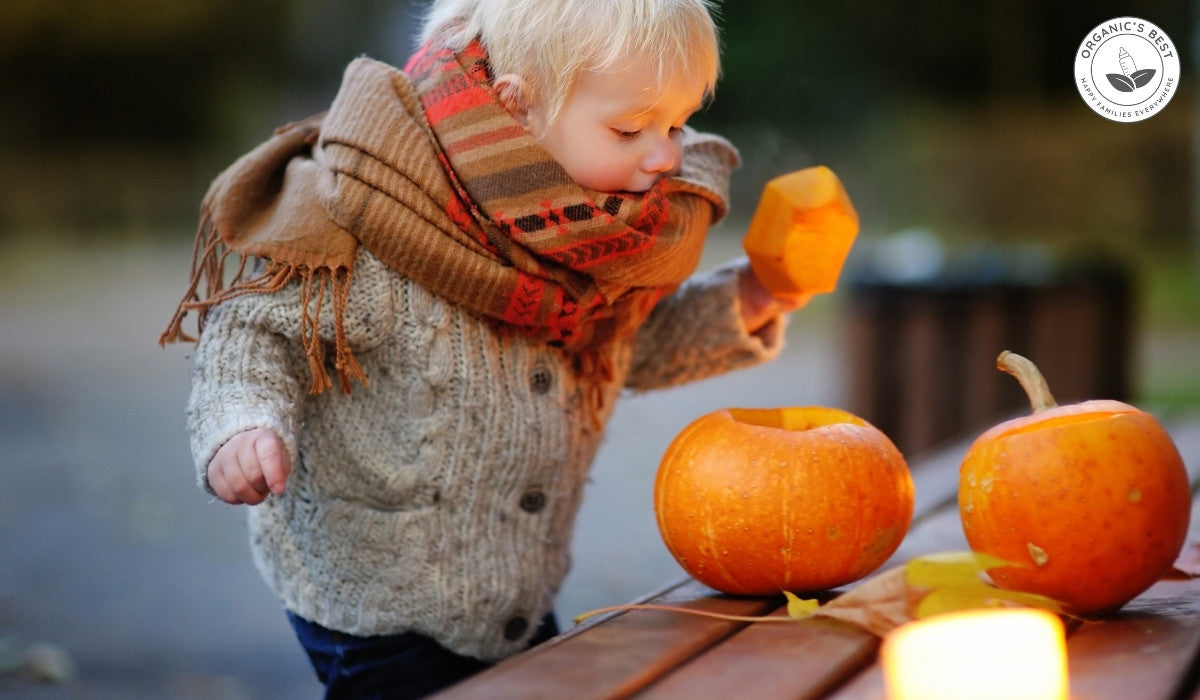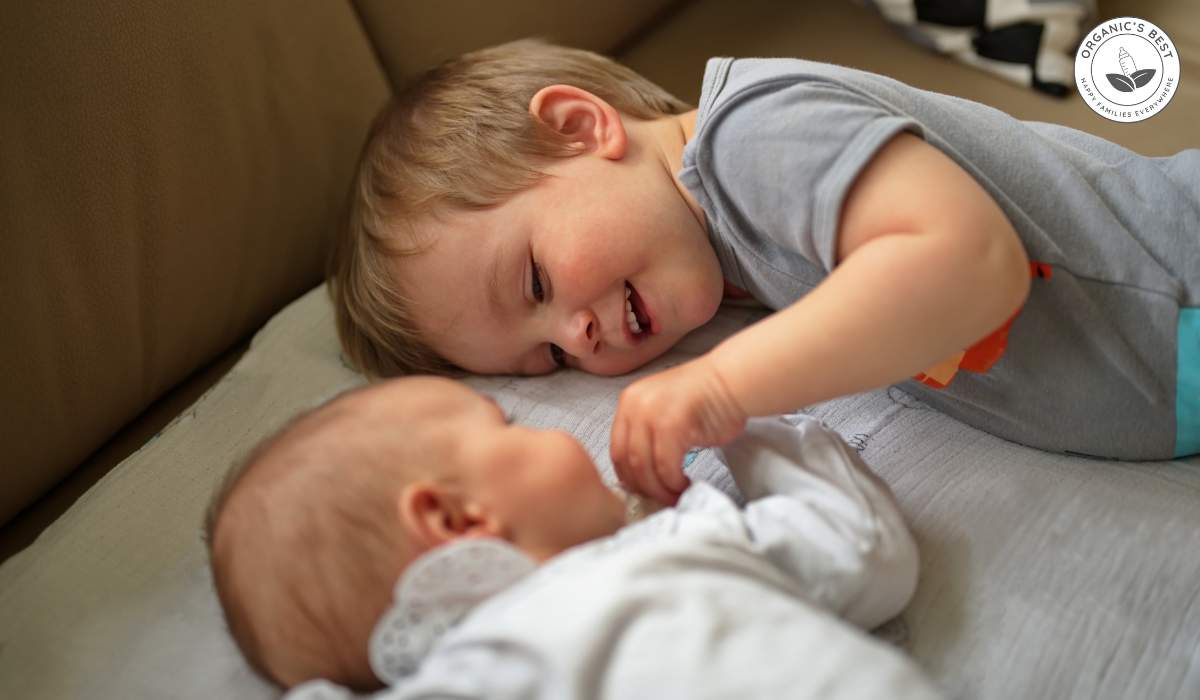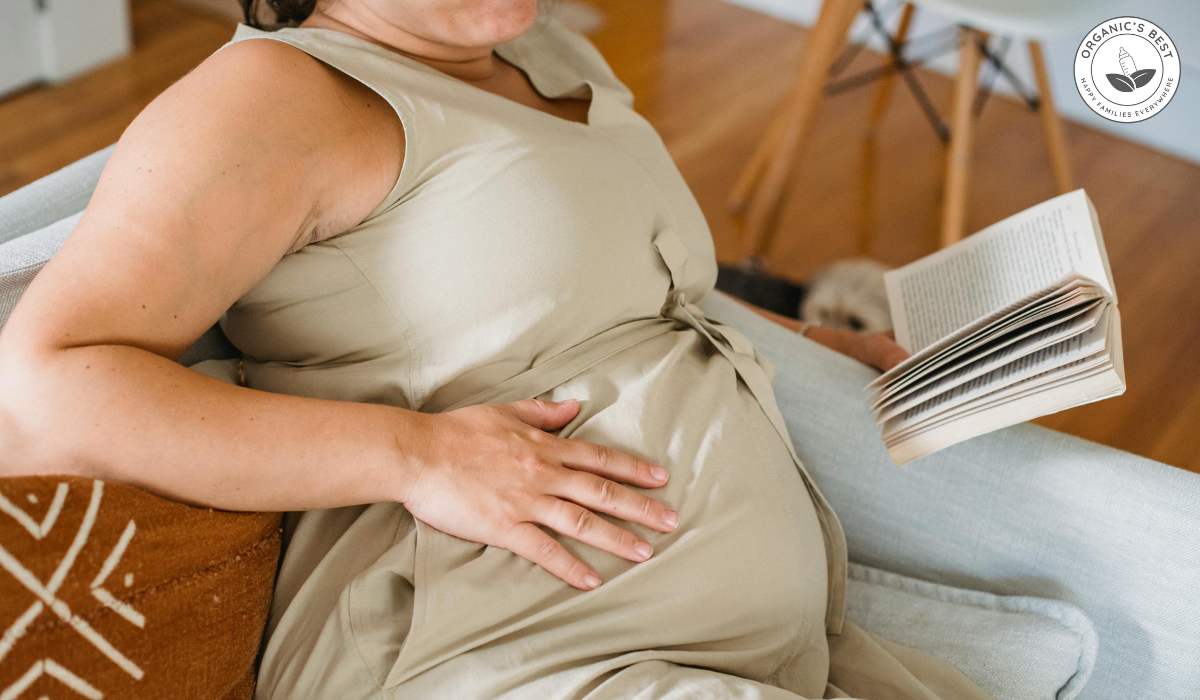Click to Get 2 FREE Boxes/Cans
BABY FORMULA
Offering new parents top-quality European infant formula from renowned brands like HiPP, Holle, Kendamil, and more. If you’re uncertain about which product to choose, our Formula Finder can help you make the best decision for your baby.
Baby Food
Offering new parents a premium selection of European baby foods, including jars, pouches, cereals, and snacks from esteemed brands like HiPP and Holle.
What is the Hot Shot Method for Baby Formula Preparation?
by Agustina Fernandez August 19, 2025 7 min read

When you're a busy parent, finding quick and easy ways to prepare formula can be a real lifesaver. For many, the Hot Shot Method has become a go-to because it delivers a perfectly warmed bottle in minutes, without the guesswork.
If you're not quite sure what the Hot Shot Method is or how to make it part of your bottle feeding routine, you're in the right place. Below, we'll break down exactly how it works, what you'll need to get started, and answer the most common questions parents have when trying it for the first time.
Table of Contents
- Let's Start with the Basics: Preparing Infant Formula
- What is the Hot Shot Formula Method?
- Why Some Parents Use the Hot Shot Method for Formula?
- Step-by-Step Guide to the Hot Shot Formula Preparation
- Best Practices If You Choose the Hot Shot Method
- Hot Shot vs. Traditional Formula Preparation
- Answering Your Questions
Let's Start with the Basics: Preparing Infant Formula
First and foremost, there's no cutting corners when it comes to your baby's safety. The Hot Shot Method might sound like a shortcut, but rest assured, it meets infant formula safety standards.
Whether you're supplementing breast milk or exclusively formula-feeding, the way you prepare infant formula is just as important as the brand you choose. The Hot Shot Method uses water that's hot enough to kill any potentially harmful bacteria in the powdered formula, keeping each bottle safe for your baby.
Before we get into the Hot Shot Method, here's what you need to know about safe infant formula preparation:
-
Powdered formula is not sterile, even when sealed. It can contain harmful bacteria such as Cronobacter sakazakii and Salmonella.
-
The World Health Organization (WHO) and Centers for Disease Control and Prevention (CDC) guidelines recommend using water that is at least 70°C (158°F) to prepare feeds. This temperature is hot enough to kill most bacteria that could be present.
-
Warmed formula should always be cooled to a safe feeding temperature to prevent burns. The CDC states that it should sit for at least 5 minutes after being boiled, but no more than 30, as this may cool it down too much.
-
You should always follow the manufacturer's instructions on your specific formula, because the scoop size, water ratio, and mixing method can vary across products.
-
You should discard any leftover formula that's been sitting out for more than 2 hours, or 1 hour if it's already been fed from.
-
Use clean, sterilized bottles and nipples when preparing baby formula, especially for newborns or babies with weakened immune systems.
What is the Hot Shot Formula Method?
Now that we've covered the general guidelines for preparing infant formula, let's dive into what the Hot Shot Method is and how it measures up to those safety standards.

In general, the Hot Shot Method is a clever, parent-approved prep technique that strikes the perfect balance between safety and convenience. It's built on the same safety principles recommended by health organizations, using water hot enough to kill any bacteria in powdered formula, but streamlines the process so you're not left pacing the kitchen while a bottle cools down.
The hot-shot method of baby formula preparation involves:
-
Adding a small amount of boiling water to the bottle, as the "Hot Shot".
-
Adding your measured scoop(s) of formula powder to this hot water and swirling or shaking the bottle until the powder is fully dissolved.
-
Topping up the bottle with cooler, pre-measured boiled water to bring the formula down to a safe temperature for feeding, without having to wait long for the feed to cool.
This method benefits both busy parents and hungry babies. However, like any shortcut in baby feeding, there's a right and wrong way to do it, which we will touch on below!
Why Some Parents Use the Hot Shot Method for Formula?
We've talked about why the hot-shot method is so popular with parents when preparing formula, but let's break down the main reasons again.
-
Speed: Traditional prep can involve boiling water, waiting for it to cool for up to 30 minutes, mixing, and then cooling further. With a newborn crying at 3 AM, that's a long time.
-
Safety: It follows the WHO and CDC recommendations of using water hot enough (≥70°C) to kill bacteria.
-
Predictability: If you pre-measure your cooled boiled water and keep it in sterilized containers, you can control feed temperature more consistently.
-
Convenience for night feeds: Many parents keep boiled, cooled water in one container, and make a kettle of freshly boiled water for the "shot". This makes feeds quick and safe in the dark hours.
Please note that the Hot Shot Method isn't an official method endorsed by every health authority, so it's important to use it only if you understand the correct ratios, temperatures, and hygiene practices.
Step-by-Step Guide to the Hot Shot Formula Preparation
If you decide to use the Hot Shot Method for preparing baby formula, precision is everything. Here's how it works.

Here's What You'll Need:
-
Fresh tap water
-
A kettle
-
Pre-sterilized bottles and teats
-
A food-safe thermometer (optional, but recommended)
Step 1: Boil the Water
Begin by boiling fresh tap water in a kettle. Let it cool for no more than 30 minutes so it remains above 70°C, which is the temperature needed to kill harmful bacteria.
Step 2: Measure the "Hot Shot"
Pour about a quarter of the total water required for the feed into a sterilized bottle. This portion of hot water is the "Hot Shot" and serves as the bacteria-killing stage.
Step 3: Add Formula Powder
Using the manufacturer's scoop, add the exact number of level scoops for the intended feed volume. Swirl or stir the mixture gently until the powder dissolves. Avoid shaking too hard at this point, since excess foam and bubbles can make your baby gassy.
Step 4: Top Up with Cooled Boiled Water
Add the remaining pre-measured cooled, boiled water to the bottle until you reach the full feed volume. This instantly brings the formula down to a safe drinking temperature.
Step 5: Check Temperature Before Feeding
Give the bottle a gentle shake to ensure everything is well mixed. Then test a few drops on the inside of your wrist before feeding your baby. It should feel warm, not hot.
Best Practices If You Choose the Hot Shot Method
If you're going to use this method, follow these hygiene and safety steps to minimize risks:
-
Never skip the Hot Shot: Room-temperature water won't kill bacteria in powder formula.
-
Use cooled boiled water for the top-up: Not tap water straight from the sink.
-
Keep everything sterilized: Bottles, scoops, and storage containers should be freshly sterilized.
-
Measure accurately: Both water and powder amounts must match the instructions.
-
Don't store feeds: This baby formula preparation method is intended for immediate use, not for making bottles ahead of time.
Hot Shot vs. Traditional Formula Preparation
When you stack the Hot Shot Method against traditional formula preparation methods, the real differences come down to speed, convenience, and whether or not it has an official stamp of approval.
Both methods follow the golden rule of safety, which is using water hot enough to kill bacteria in the powder, but the Hot Shot Method has the added benefit of cooling the bottle quickly. That's why it's often a lifesaver for parents juggling a hungry baby and a busy schedule.
The traditional approach is more by-the-book: boil the water, wait up to 30 minutes for it to cool, mix the formula, and then cool it down even further before feeding. It's thorough and safe, but can feel slow in the middle of a 2 a.m. wake-up call.
Answering Your Questions
Here are some of the most asked questions about the baby formula Hot Shot Method.
Is the Hot Shot Method Safe for Formula and Babies?
The Hot Shot Method can be safe as long as you follow the correct steps. The most important factor is ensuring that the initial "Hot Shot" of water you add to the powder is at least 70°C, which is the temperature recommended by the World Health Organization to kill harmful bacteria.
Once the hot water is added, the formula should be mixed immediately, cooled quickly, and fed right away. The method becomes risky if the water temperature drops below this threshold before mixing or if bottles are made ahead and stored, as this increases the chance of bacterial growth.
How Hot Does a Hot Shot Need to Be for Formula?
For maximum safety, the Hot Shot should be no cooler than 70°C (158°F). This is the point at which harmful bacteria in powdered formula are effectively destroyed.
To achieve this, you can either check the water with a thermometer or follow the rule of boiling fresh water and allowing it to cool for no more than 30 minutes before mixing. This ensures that the water remains hot enough to sanitize the powder without needing to guess.
Is the "Hot Shot" on Formula Powder Necessary?
No, the Hot Shot Method isn't a requirement; it's just one option for preparing formula safely and more quickly. What is necessary, though, is making sure the formula powder is mixed with water hot enough to kill any bacteria, since powdered formula isn't sterile. This is especially important for babies under 2 months or babies who are younger than 2 months old, born prematurely, or have a weakened immune system.
|
Disclaimer: Please be aware that this information is based on general trends in babies, and it is not medical advice. Your doctor should be your first source of information and advice when considering any changes to your child’s formula and when choosing your child’s formula. Always consult your pediatrician before making any decisions about your child’s diet or if you notice any changes in your child. Breastfeeding is the best nutrition for your baby because breast milk provides your child with all the essential nutrients they need for growth and development. Please consult your pediatrician if your child requires supplemental feeding. |
Agustina Fernandez
Dr. Agustina Fernandez earned her medical degree from the prestigious Universidad Nacional de Córdoba, Argentina. With a deep-rooted passion for pediatrics, Dr. Fernandez is currently on the path to specializing in children's healthcare. Recently, she has delved into the vital field of infant nutrition. Her research interests include breastfeeding, infant formula, and baby food in little ones’ formative years. Dr. Fernandez's commitment to this area of study underscores her dedication to ensuring the health and well-being of children from their earliest days.
Leave a comment
Comments will be approved before showing up.
Also in Organic Infant Nutrition and Health Blog

10 Fun Fall Activities for Kids and Toddlers
by Agustina Fernandez November 18, 2025 5 min read
Read More
How to Introduce Toddler to New Baby: Tips for Easing Jealousy and Building Bond
by Agustina Fernandez November 11, 2025 8 min read
Read More
Pregnancy After 40: What to Expect When Having a Baby at 40+
by Agustina Fernandez November 04, 2025 9 min read
Read More